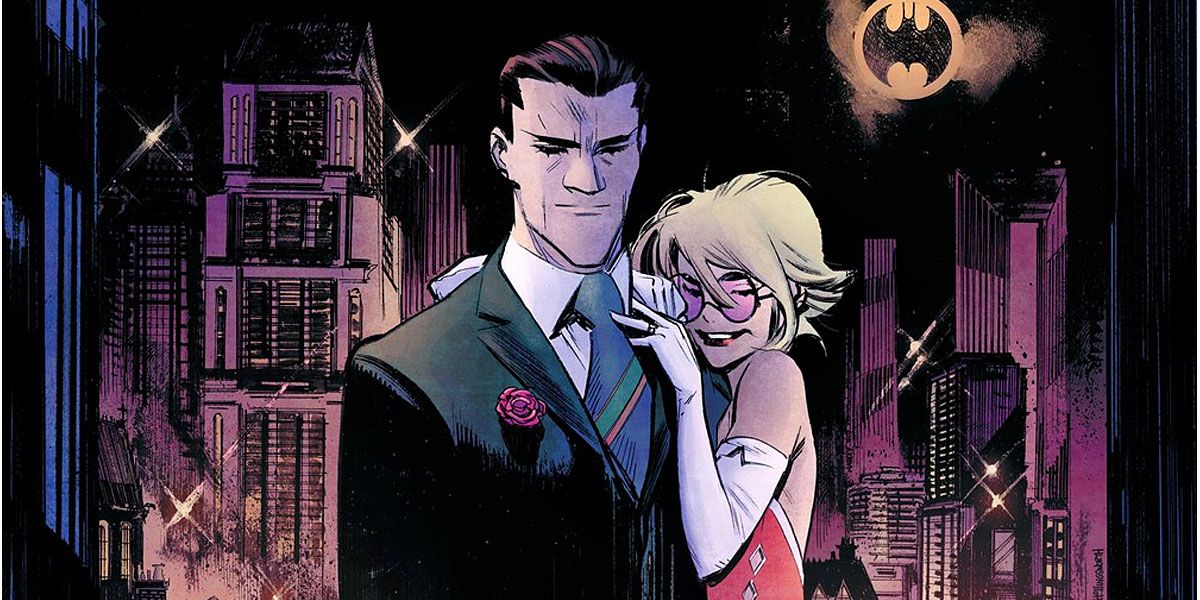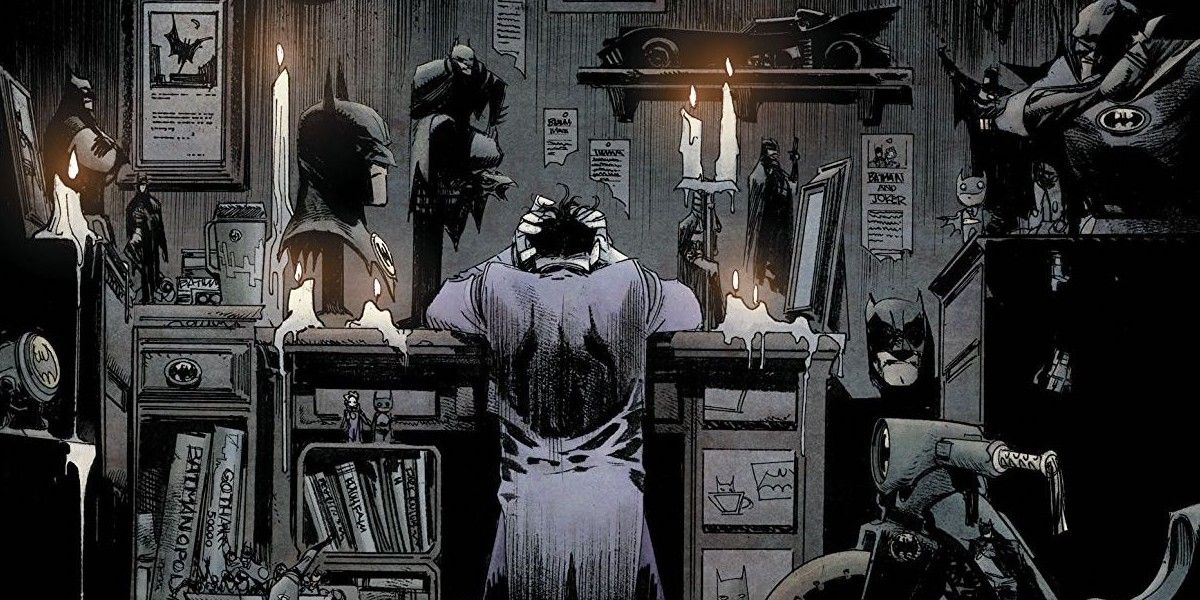Batman: The Animated Series is to this day one of the most influential Batman entries in the character's history. What looked like a simple and crisp '90s cartoon on the surface was actually a Batmobile-shaped vehicle for telling riveting stories about Batman, his foes and their place in Gotham's social and political structure. Batman: White Knight tells the story of a Gotham that's fed up with Batman's ways and a plot to turn Joker into Gotham's hero.
White Knight has references many past iterations of Batman, including Christopher Nolan's Dark Knight Trilogy and Frank Miller's epic Batman: Year One. It even takes some plot points from Joel Schumacher's Batman & Robin film. However, Batman: White Knight is also a direct conduit for Batman: The Animated Series' influence.
Mark Hamill's Joker in BTAS was always the yin to Batman's yang. Their cat and mouse game played out over seasons through Joker's psychotic plans to thrust the city into chaos. He felt Batman needed him and that's why he always refused to kill him. This relationship is magnified in White Knight, which shows a Joker who his an obsessed Batman fanboy at his core. His psychotic grasps for Batman's attention are central to the White Knight story. Not only are there parallels between Batman and Joker's relationship, but his other alias Jack Napier is used in both BTAS and White Knight.
Other central characters have similar representations in both universes. Harley Quinn sports the same red and black jester costume and a comically big hammer and quips her signature phrases like "Mr. J" and "Puddin'" often. Most important, her unquestioning love for the Joker is apparent in both as well. Bullock is also the same character in both universes in both appearance and attitude. His bullish size and attitude are still GCPD first; he always and constantly tries to hold Batman accountable for what Bullock sees as crimes, but Batman sees as necessary means.
The Batmobile is usually an important part of most Batman stories, but many Batmobiles from across the Bat-verse play an integral part in White Knight's story. Batman unleashes a Batmobile armada in the arc's final sequence and Nightwing pilots the BTAS Batmobile. This stretched-out version of Batman's whip is less technical than future iterations, but no less menacing. The single booster rocket, exhaust pipes and sliding cockpit make this Batmobile one of the simplest but most-recognized vehicles in the Bat-verse. There are also several model versions shown in Joker's Batman shrine just, to emphasize the BTAS influence.
Batman: The Animated Series episode "I Am The Night" shows Batman questioning his purpose and place in Gotham City after Jim Gordon is badly injured by the Jazzman. Does Batman make Gotham better or worse? Bruce wrestles with this question as the writers to delve into deeper subject matter revolving the philosophy of vigilantism.
White Knight explores this question through Gotham's political landscape and Batman's fragile mental state after Alfred's death. Gotham's business sector is getting wealthy rebuilding Gotham after Batman leaves his destructive wake. Jack Napier runs for a city councilman position on the platform of Gotham being worse off with Batman and wants Batman to relinquish his technology to GCPD to shift the balance of power in the city. While White Knight forces Bruce Wayne to confront Batman's misdeeds instead of realizing them himself, it's still a striking parallel between the two universes that drives home their similarities.
Keep Reading: Gotham High: The Biggest Changes to the Batman Mythos


